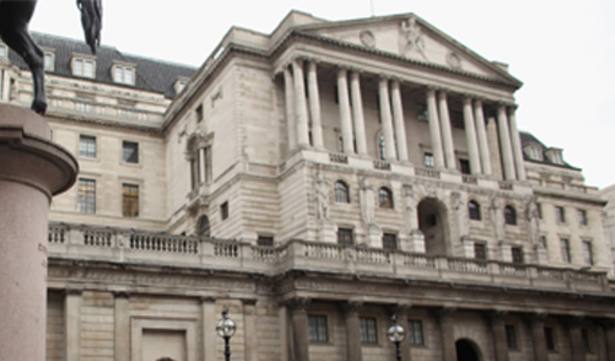Some economic commentators wrote off fixed income after the US Federal Reserve said back in 2013 that it would start withdrawing its multibillion-dollar monetary stimulus.
The economists read it as a sign that interest rates would rise sooner rather than later, causing a sell-off in the asset class.
But more than one year on, rates in developed markets are still at record lows and certain areas in fixed income have produced attractive returns.
The simple truth is that 2014 was a great period for high-quality, long-duration bonds and higher-yielding credits as the reflation trade continued and rates remained anchored.
While many commentators predicted a great rotation out of fixed income, this has yet to materialise, with many fixed income securities continuing to outperform.
For example, in the first half of last year the Bank of America Merrill Lynch seven- to 10-year gilt index returned 3.3 per cent, versus the 1.9 per cent achieved by the FTSE 100.
Thirty-year US Treasuries returned more than 12 per cent in this period, and the yield compression between peripheral nations and core Europe continued to play out, with Spanish, Portuguese and Italian bonds being the best performers in the fixed income space.
Moreover, there is growing pressure to raise interest rates, with every bit of positive data from the US or the UK sparking rumours of imminent hikes.
Both US Federal Reserve chairwoman Janet Yellen and Bank of England governor Mark Carney have reiterated that although rates will remain lower for longer, interest rates are still data dependent. And if the data continues to be strong, we could see the Bank of England raising rates first.
But the transition period into interest rate normalisation may take some time, considering the lower inflationary environment we are in.
The recent figure from the UK consumer prices index measure of inflation at 1 per cent for November has done little to change our view.
Indeed, in our opinion, the current expansion of central bank balance sheets – the trend that has continually driven investors back to core government bonds – could yet turn out to be one of the longest trends in post-war history.
Nervousness also prevails, as evidenced by the dramatic rush to safe haven treasuries and gilts late last year – and so far in early 2015 – amid a collapse in equity prices.
Before the Federal Reserve signalled in May 2013 that it was planning to start withdrawing its quantitative easing programme, emerging markets had been paying a lower yield than high-yield corporate debt for most of the past decade.
But emerging markets were hit quite hard following the Federal Reserve’s comments, with their yields being pushed substantially higher. They recovered for much of 2014 only to be sent reeling again at the end of the year. These pricing anomalies have created opportunities in select emerging market countries and corporates.
It is worth noting, however, that with the developed world recovering, and emerging markets becoming a larger part of fixed income, it is not expected that the divergence in performance will persist for too long, meaning the opportunity to buy in may soon vanish.






